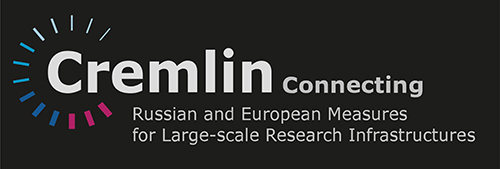Speaker
Description
Diffraction techniques (either photons, electrons or neutrons based) are located at the forefront of the characterisation for new materials. Compared to lab-based sources the distinct features of neutrons make neutron diffraction a unique tool for structure investigations in various classes of materials. At the moment, diffraction studies at ambient conditions contain a minor portion of the beamtime for diffractometers at large scale facilities and are usually employed in the field of synthetic chemistry, i.e. new materials, where robotics is actively used for sample change. The applied materials tend to be studied closer to their real operation/application conditions, e.g. ferroelectrics at high electric and magnetocalorics at high magnetic fields, materials for electrochemistry vs. electrochemical potentials, membranes for SOFC at high temperatures and diverse gas atmospheres/pressures etc.
Features of neutrons along with the recent developments in neutron optics enable neutron diffraction to deliver high-quality experimental data at unique and somewhat extreme environmental conditions typically ranging from mK to thousands of K, different and often aggressive gas atmospheres, hundreds kbar pressures, strong tension/torsion forces etc. In the current contribution an overview of sample environments routinely used in neutron diffraction at neutron facilities all over the world will be presented and discussed in brief.

